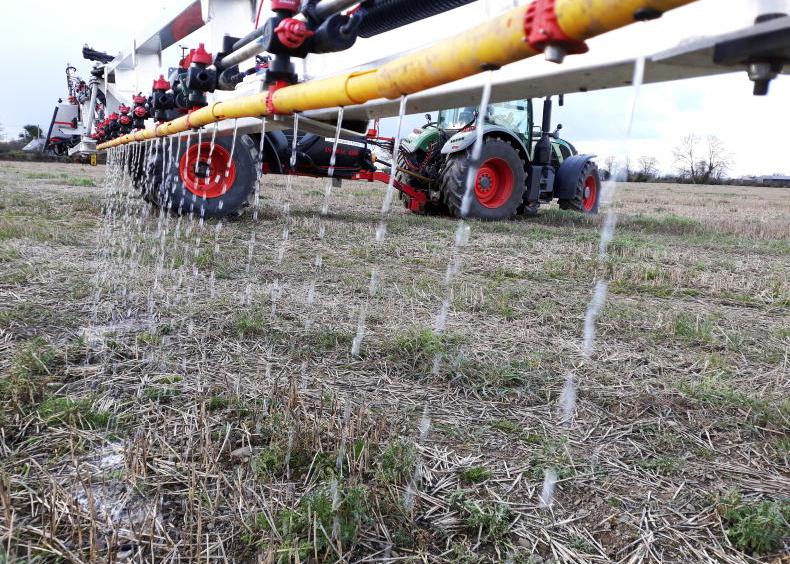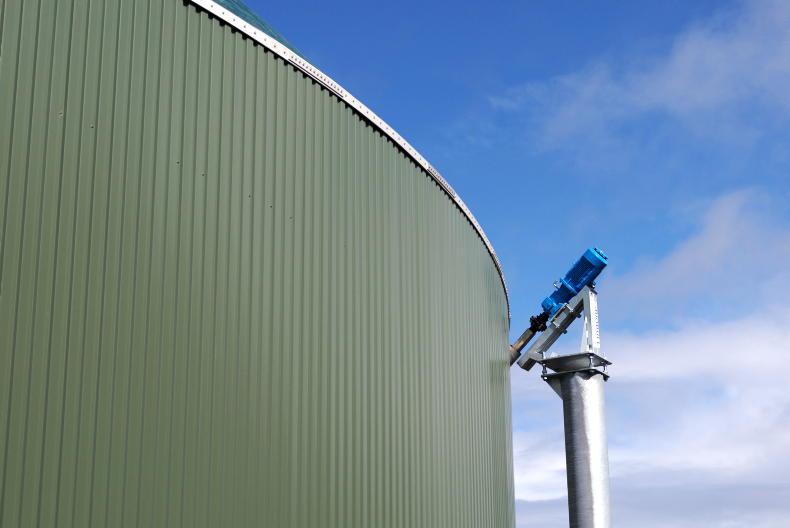It will come as little surprise to most that the summer of 2022 is Europe’s hottest on record, as the continent experienced heatwave conditions for all three summer months.
According to the EU Copernicus Climate Change Service (C3S), European temperatures were the highest on record for both August and the summer.
The August temperature was 0.8C above 2018 and summer was 0.4C above 2021. The previous summer record was only one year old.
An intense series of heatwaves across Europe, paired with unusually dry conditions, have led to a summer of extremes, with records in terms of temperature, drought and fire activity in many parts of Europe, affecting society and nature in various ways according to senior scientist for the C3S Freja Vamborg.
Drier than usual
It is expected that drier-than-usual conditions are likely to occur in the western Euro Mediterranean region in the coming months until November 2022.
France has its second-hottest summer on record, while England has its joint hottest summer.
The heatwaves that gripped much of Europe for the past few months have followed an atypical spring.
In addition to heatwaves across Europe, similar conditions were prevalent in central and eastern China during the summer months. North America has also experienced one of its warmest summers.
Yield outlook reduced
In August, almost 50% of Europe was subject to drought warning conditions.
The exceptionally hot and dry weather conditions substantially reduced the yield outlook for the EU’s summer crops, according to the EU crop monitoring report. The crops most affected are grain maize (-8.6%), sunflowers (-5.5%) and soya beans (-9.6%).
Heatwaves similar to those experienced this year are expected to become more frequent and severe in the years to come
The current forecasts for these crops are between 12% (sunflowers) and 16% (grain maize) below the five-year average.
The hot and dry conditions benefited the harvesting of winter crops, which saw a slight improvement in yield forecast.
Between the start of July and mid-August, much of Europe’s pastures experienced stress affecting productivity. Ireland was among a small group of countries where pastures were found to be in fair to good condition compared with an average year.
Global phenomenon
Globally, it was the joint-third-warmest August on record, according to the C3S.
A large part of China experienced temperatures that were much higher than average, with particularly severe conditions in the Sichuan province, home to some 84 million people, a key manufacturing location and China’s biggest hydropower producer.
Western regions of Canada and the USA also experienced unusually high temperatures, according to the World Meteorological Service.
The United States Department of Agriculture has announced a series of measures to support farmers and ranchers experiencing drought conditions where the impact is likely to last months.
Impact likely to persist
According to seasonal weather forecast for the coming months, close to normal conditions are predicted until the end of October.
However, this may not be enough to fully recover from the moisture deficit calculated over half the year, but it will alleviate the critical conditions experienced.
“The series of European heatwaves this summer were caused by particular weather patterns, but the temperatures experienced were hotter than they would have been because of climate change,” says C3S deputy director Samantha Burgess.
“As the climate warms, Europe will experience more frequent and more intense heatwaves," she said.
Climate scientists warn that heatwaves, similar to those experienced this year, are expected to become more frequent and severe in the years to come.
Ultimately, this will increase the risks of global food shock events and long-term impacts on global food production.









SHARING OPTIONS